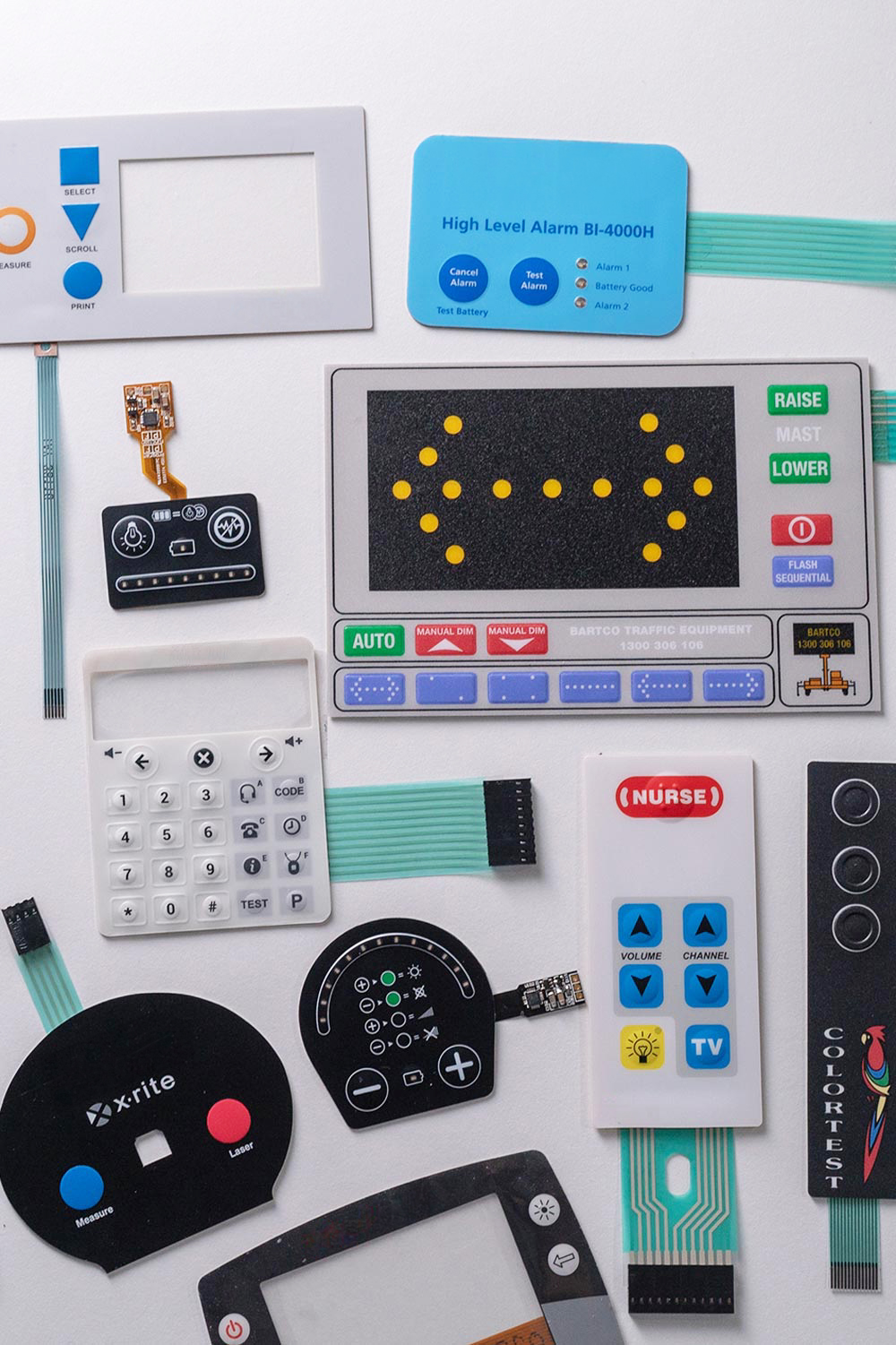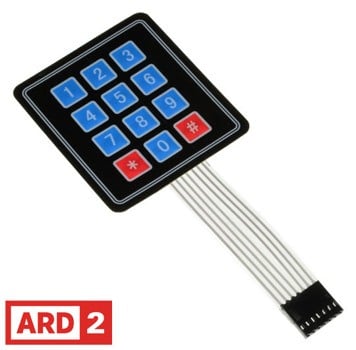Recognizing Membrane Layer Switches: The Secret to Durable and Trustworthy Controls
Membrane layer switches over represent a crucial aspect of contemporary interface layout, blending functionality with durability in different applications. These functional parts not only help with user communication however are likewise engineered to stand up to the roughness of demanding environments, from clinical devices to commercial equipment. Comprehending their building and construction, procedure, and the myriad advantages they offer is crucial for designers and developers alike. As we discover the complexities of membrane layer buttons, it comes to be clear that their role in enhancing control systems is both complicated and extensive, elevating concerns concerning just how best to utilize their capabilities in future innovations.
What Are Membrane Buttons?
Membrane switches are an advanced option in the realm of interface innovation, combining performance and style seamlessly. These gadgets act as an interface in between customers and electronic systems, incorporating a number of elements into a small style. Usually constructed from adaptable, slim layers of materials, membrane layer buttons are made to respond to touch, making it possible for customers to connect with equipment and digital tools properly.
The main components of a membrane button include a printed circuit layer, visuals overlay, and a spacer layer that prevents unintentional activation. The visuals overlay can be personalized to mirror brand identity or user choices, enhancing visual appeals while ensuring usability. Membrane buttons are generally made use of in various applications, consisting of medical tools, customer electronic devices, and commercial tools, owing to their sturdiness and resistance to environmental variables such as wetness and dirt.
One of the key benefits of membrane switches is their capability to withstand wear and tear, making them suitable for high-traffic settings. Furthermore, they are light-weight and call for minimal room, enabling for cutting-edge layouts in item advancement. In general, membrane switches stand for a reliable and practical option for contemporary electronic user interfaces, weding innovation with user-centric design principles.

Exactly How Membrane Changes Work
The procedure of membrane layer switches over joints on a simple yet effective system that equates customer input right into electronic signals. When a user presses the switch, the top layer warps, allowing a conductive component in the circuit layer to make call with a matching conductive pad on the underside of the graphic overlay.
The style of membrane buttons can vary, but they typically incorporate domes or responsive aspects to give responses to the customer, boosting the total experience. The products utilized in membrane layer buttons, such as polyester or polycarbonate, add to their toughness and resistance to ecological elements, including dampness and dust. In addition, official website the printed circuits are commonly enveloped, which safeguards them from wear and tear gradually.

Benefits of Membrane Layer Buttons
One of the main benefits of membrane layer buttons is their adaptability in style, enabling them to be personalized to fulfill details individual demands and aesthetic requirements. This versatility extends to numerous markets, where various forms, sizes, and colors can be used to boost individual interaction and aesthetic appeal.
Additionally, membrane layer switches are understood for their sturdiness. Constructed from robust products, they are immune to dirt, moisture, and physical wear, which significantly prolongs their lifespan compared to standard mechanical switches. This durability makes them especially suitable for high-traffic environments and applications calling for durability.

Moreover, membrane layer buttons supply a streamlined profile, leading to a thinner layout that can be incorporated right into numerous devices without adding mass. This function not only boosts the aesthetic appeal yet additionally contributes to an extra ergonomic item layout.

Applications of Membrane Buttons
Functional and straightforward, membrane layer switches locate applications throughout a wide variety of sectors, including medical devices, consumer electronic devices, and industrial devices. In the medical field, these switches are essential to devices such as analysis tools, individual surveillance systems, and infusion pumps, where integrity and convenience of cleaning are vital. Their ability to hold up against severe environments and keep performance makes them optimal for such applications.
In consumer electronic devices, membrane buttons are used in products like microwaves, cleaning equipments, and remote controls - membrane switch. Their streamlined layout allows for intuitive interface, enhancing the overall individual experience while providing resilience and resistance to tear and wear
Industrial tools likewise benefits from membrane layer buttons, specifically in control panels for machinery and automation systems. These switches offer defense against dirt and moisture, making sure consistent performance in difficult environments. Additionally, their personalized functions permit producers to customize them to details functional needs, improving efficiency and functionality.
Picking the Right Membrane Switch
When picking a membrane button, it is necessary to consider various factors that affect performance and viability for particular applications. The main considerations consist of environmental problems, responsive comments, longevity, and layout specifications.
First, evaluate the operating setting; buttons revealed to wetness, chemicals, or severe temperatures call for specific materials to make certain longevity and capability. Next, assess the need for responsive article feedback. Relying on user communication, some applications might gain from a tactile action to verify activation, while others might choose a non-tactile design for visual factors.
Toughness is an additional vital variable; membrane switches ought to be designed to endure constant use, impacts, and abrasion. Guarantee the chosen button can sustain the anticipated lifecycle, particularly in high-usage scenarios.
Final Thought
In verdict, membrane layer changes serve as important components in the style of durable and dependable control systems throughout numerous sectors. The flexibility of membrane changes allows for tailored services that meet details operational needs, strengthening their relevance in modern technology.
Membrane changes represent an important facet of modern-day interface design, mixing capability with strength in different applications.Membrane layer switches are an advanced option in the realm of individual interface technology, incorporating performance and layout perfectly. Commonly created from flexible, slim layers of materials, membrane layer switches are designed to respond to touch, allowing individuals to interact with machinery and electronic gadgets properly.
The style of membrane layer buttons can differ, however they frequently include domes or responsive components to supply feedback to the customer, enhancing the overall experience.In verdict, membrane switches serve as necessary components in the design of long lasting and reliable control systems throughout numerous sectors.
Comments on “Top Benefits of Using a Membrane Switch in Custom Control Panels”